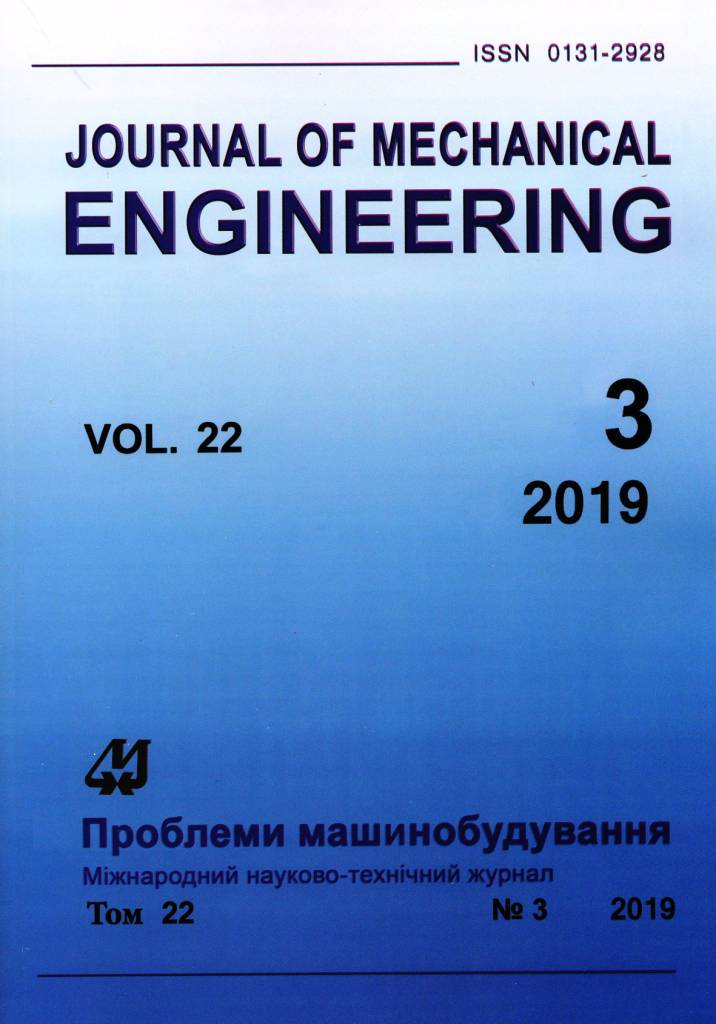Translational Wave Impact on the Operation of the Dniester Pumped Storage Power Plant Upper Reservoir
Keywords:
translational waves, pressure sensor, upper reservoir, slope, PSPPAbstract
The role of hydraulic energy as a reliable source of renewable energy to meet the ever-growing needs of society is highlighted. The uneven nature of the energy supply during the day is analyzed. The role of hydroelectric power plants (HPP) and pumped storage power plants (PSPP) in regulating the above unevenness during the operation of the integrated power system is emphasized. It is shown that the startup, operation, power control, and shutdown of PSPP units are characterized by the occurrence of unsteady hydraulic modes of flow in the forebay, upper reservoir, and corresponding canal. These modes are accompanied by the formation of translational waves, whose characteristics must be taken into account when designing and operating plant facilities. The operation of the Dniester PSPP confirmed that translational waves are generated in the upper reservoir of this plant during the operation of its units in pumping and turbine modes. The presence of such waves significantly affects the position of the marking of the crest of protective dykes and the stability of the back slope protection of these dykes under the conditions of alternating wave loads. Results of field (experimental) and theoretical studies of the parameters of the translational waves in the upper reservoir of the specified plant are given. These results were obtained for the first stage of the Dniester PSPP construction, providing the upper reservoir had a temporary separating dyke located at Pkt 7+00. The field measurements were performed with a VEGAWELL 72 diaphragm pressure sensor located in the left riser of the forebay. It is shown that the highest wave heights can be observed in pumping mode during unit shutdown. Theoretical calculations of the parameters of translational waves were performed on the basis of the Saint-Venan differential equation, using the two-dimensional method. Wave height was determined using the harmonic seichi equation for the progressive wave. It is shown that for the design case of the unit shutdown it is necessary to take into account the presence of lateral water inflow to the main flow supplied by the unit. Comparison of theoretical and experimental results showed their satisfactory convergence.References
Sorokina, N. L. & Kucheryavaya, I.N. (2015). Sovremennyye tendentsii v razvitiii mirovoy gidroenergetiki [Current tendencies in development of global hydropower engineering]. Gidroenergetika Ukrainy – Hydropower Engineering of Ukraine, no. 1–2, pp. 78–81 (in Russian).
Landau, Yu. O. & Stashuk, I. V. (2018). Znachennia hidroenerhetyky v rozvytku OES Ukrainy vidpovidno do NES-2035 i ekolohichni vyklyky [Value of hydropower engineering for Development of United Energy System of Ukraine according to New Energy Strategy-2035 and Environmental Issues]. Hidroenerhetyka Ukrainy – Hydropower Engineering of Ukraine, no. 1–2, pp. 3–6 (in Ukrainian).
Riabenko, O. A., Osadchyi, S. D., Kliukha, O. O., & Tymoshchuk, V. S. (2017). Osoblyvosti roboty HAES v umovakh vynyknennia khvyl peremishchennia [Particularities of PSPP Operating under Circumstances of Translational Waves Formation]. Hidroenerhetyka Ukrainy – Hydropower Engineering of Ukraine, no. 1–2, pp. 45–47 (in Ukrainian).
Tikhomirova, N. V. (2005). GAES na razvivayushchemsya energorynke: innovatsii i investitsii [PSPP in the Developing Energy Market: Innovation and Investment]. Gidrotekhnicheskoye stroitelstvo – Hydrotechnical Construction, no. 6, pp. 30–37 (in Russian). https://doi.org/10.1108/15285810510644875
Downloads
Published
Issue
Section
License
Copyright (c) 2019 Oleksandr A. Riabenko, Volodymyr S. Tymoshchuk, Oksana O. Kliukha, Oksana O. Halych, Dmytro M. Poplavskyi

This work is licensed under a Creative Commons Attribution-NoDerivatives 4.0 International License.
All authors agree with the following conditions:
- The authors reserve the right to claim authorship of their work and transfer to the journal the right of first publication of the work under the license agreement (the agreement).
- Authors have a right to conclude independently additional agreement on non-exclusive spreading the work in the form in which it was published by the jpurnal (for example, to place the work in institution repository or to publish as a part of a monograph), providing a link to the first publication of the work in this journal.
- Journal policy allows authors to place the manuscript in the Internet (for example, in the institution repository or on a personal web sites) both before its submission to the editorial board and during its editorial processing, as this ensures the productive scientific discussion and impact positively on the efficiency and dynamics of citation of published work (see The Effect of Open Access).

